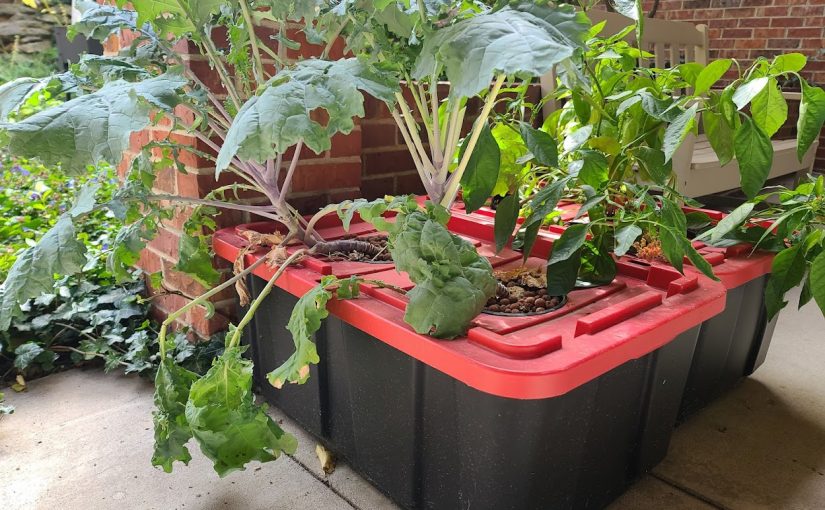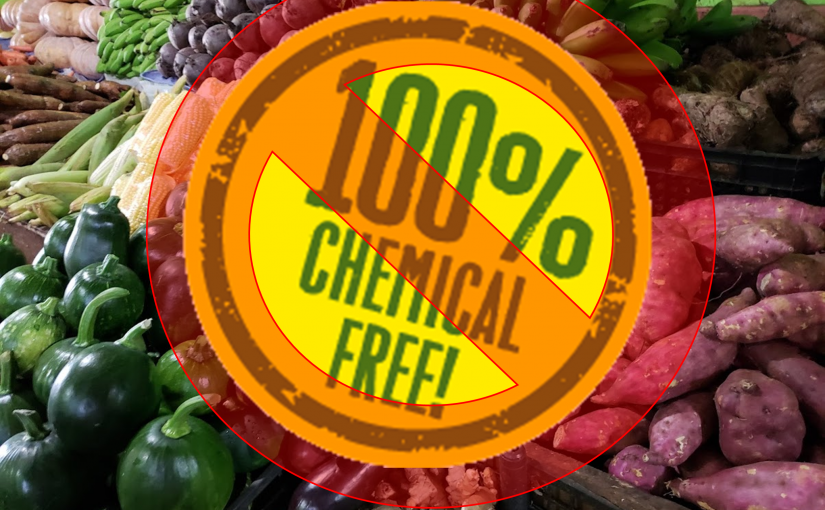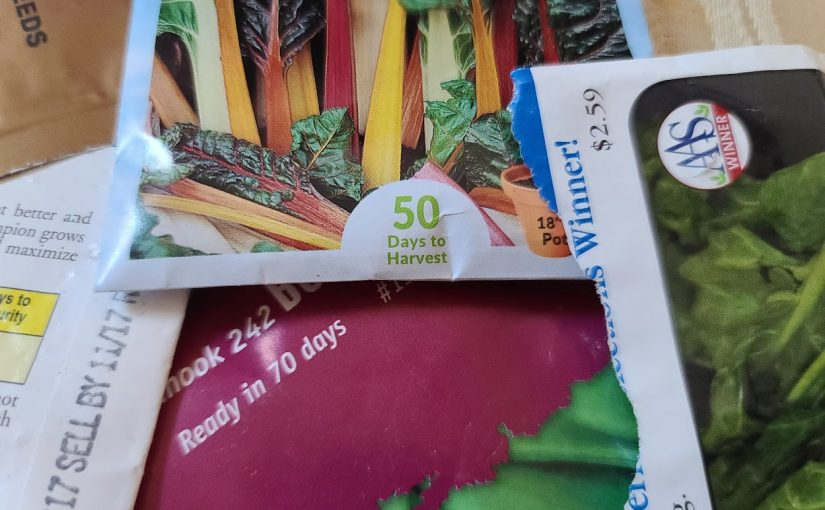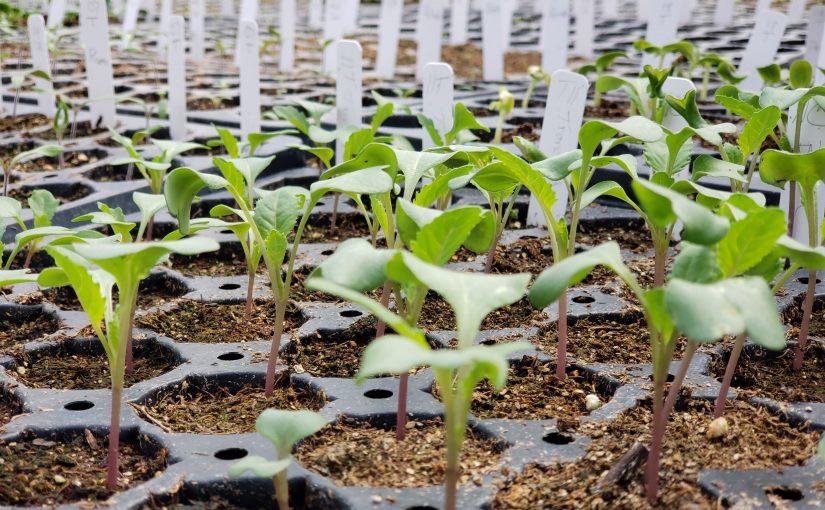Why root washing is important – an illustrated cautionary tale
I’ve promoted root washing of containerized and B&B trees and shrubs for a few decades now. The experimental science is slowly coming along – it can take several years to determine if the practice is more successful in terms of plant survival than leaving the rootball intact. But we know how soils function in terms … Continue reading Why root washing is important – an illustrated cautionary tale



